Dodona was one of the most important oracular sites in ancient Greece, located in Epirus. The site held religious significance, second only to Delphi, and was closely associated with the god Zeus. Archaeological evidence suggests that Dodona was inhabited as early as the second millennium BC. Over the centuries, the sanctuary grew in importance, attracting pilgrims from across the Greek world.
Get your dose of History via Email
Early History
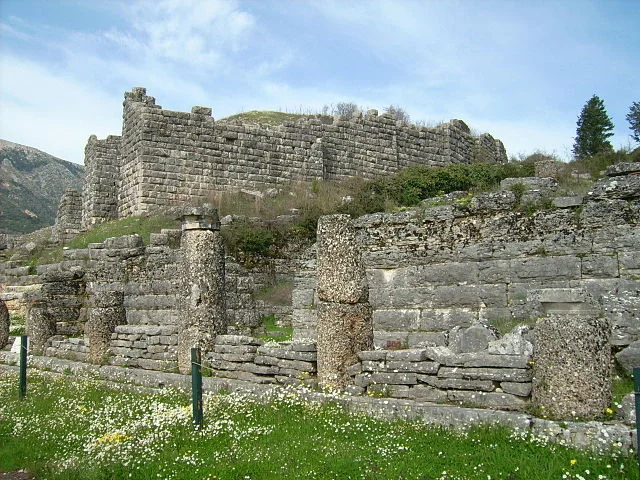
Dodona’s origins date back to the Bronze Age. Early archaeological findings reveal a small settlement and cult activity in the area. However, the sanctuary’s significance surged during the 8th century BC. Around this time, the worship of Zeus and Dione, a lesser-known goddess, became central to the site’s religious activities. The oracle at Dodona relied on interpreting the rustling of leaves from a sacred oak tree or listening to the sound of bronze objects.
Role of the Oracle
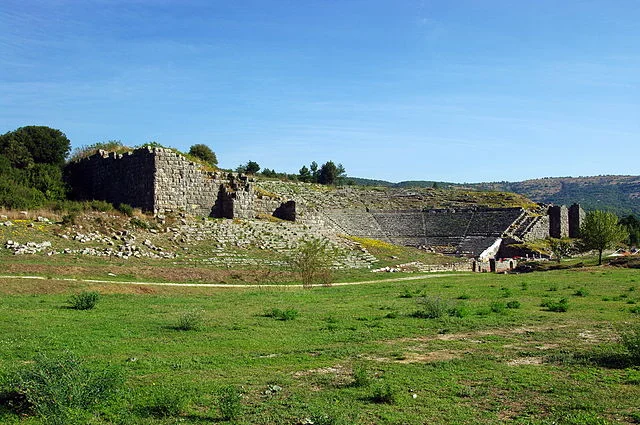
Dodona was famous for its oracle, which was one of the oldest in the Greek world. Unlike the more famous Oracle of Delphi, Dodona’s priests, known as the Selloi, interpreted omens from the natural world. Visitors would present their questions to the oracle, and the priests would offer divine guidance based on signs such as the wind in the trees or the behavior of birds. Dodona attracted both common people and political leaders, seeking divine insight on various matters, from personal dilemmas to state decisions.
Expansion and Development
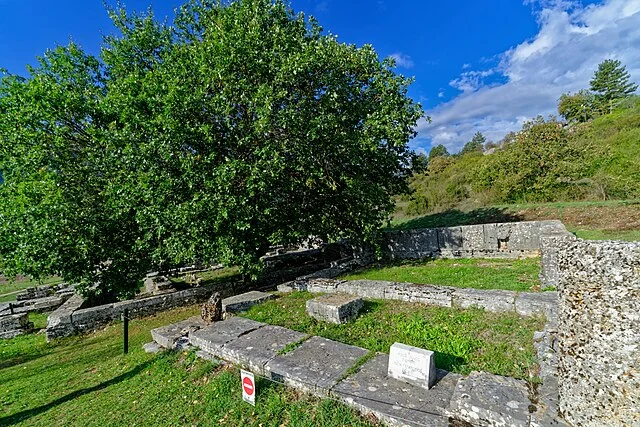
During the Classical and Hellenistic periods (5th–3rd century BC), Dodona underwent significant expansion. In the 4th century BC, King Pyrrhus of Epirus invested heavily in the sanctuary’s infrastructure. He built a large theater, temples, and other buildings that transformed Dodona into a monumental religious center. The theater, which could seat up to 17,000 people, is one of the best-preserved structures from this era.
Religious Decline
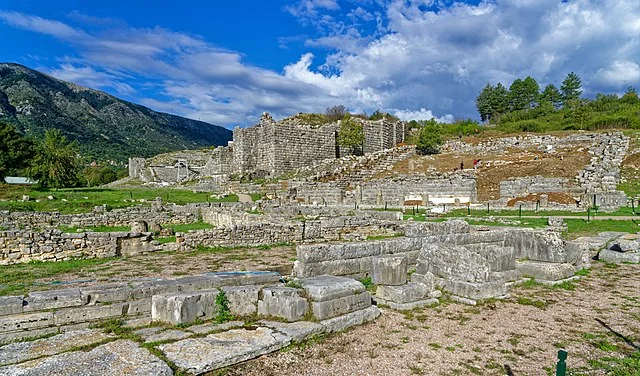
Despite its prominence, Dodona’s influence began to decline in the Roman period. In 219 BC, the Aetolians attacked the sanctuary, severely damaging its temples. Later, in AD 391, Emperor Theodosius I outlawed pagan practices, marking the end of Dodona’s role as a religious center. The site was largely abandoned, and its oracle fell silent.
Archaeological Excavations
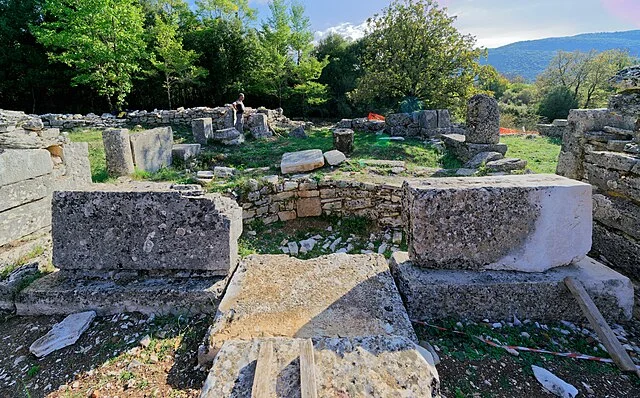
Archaeological interest in Dodona began in the 19th century. Systematic excavations have revealed a range of artifacts, including inscriptions, offerings, and temple remains. These findings provide valuable insights into the sanctuary’s long history and its role in ancient Greek religion. Today, Dodona remains an important archaeological site, drawing visitors interested in its history and religious significance.
Conclusion
Dodona’s oracle played a vital role in ancient Greek religious life for over a thousand years. While it never fully eclipsed Delphi, it was a crucial center for those seeking divine guidance. Archaeological excavations have shed light on its significance, and the ruins continue to offer a glimpse into the religious practices of ancient Greece.
Source:

